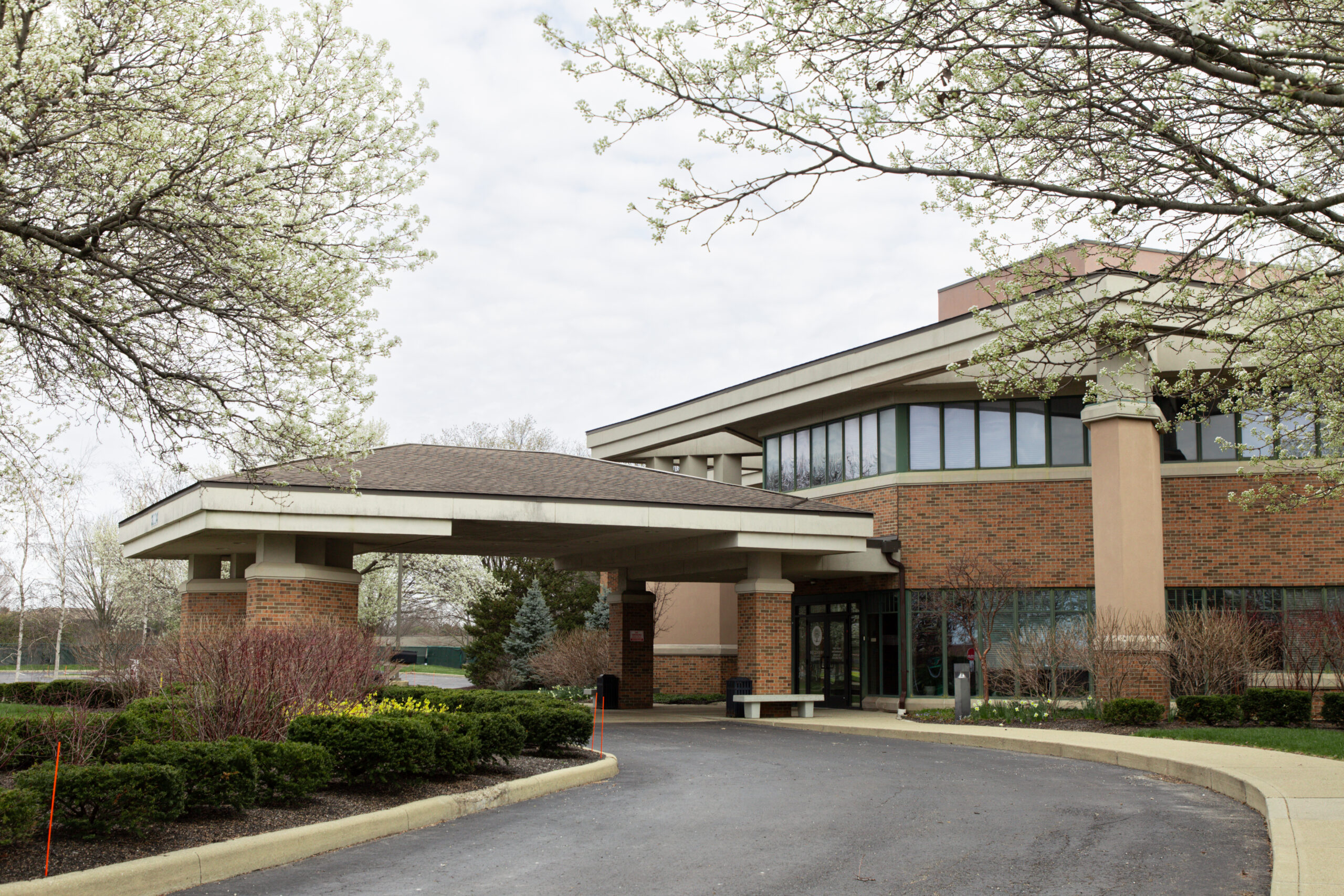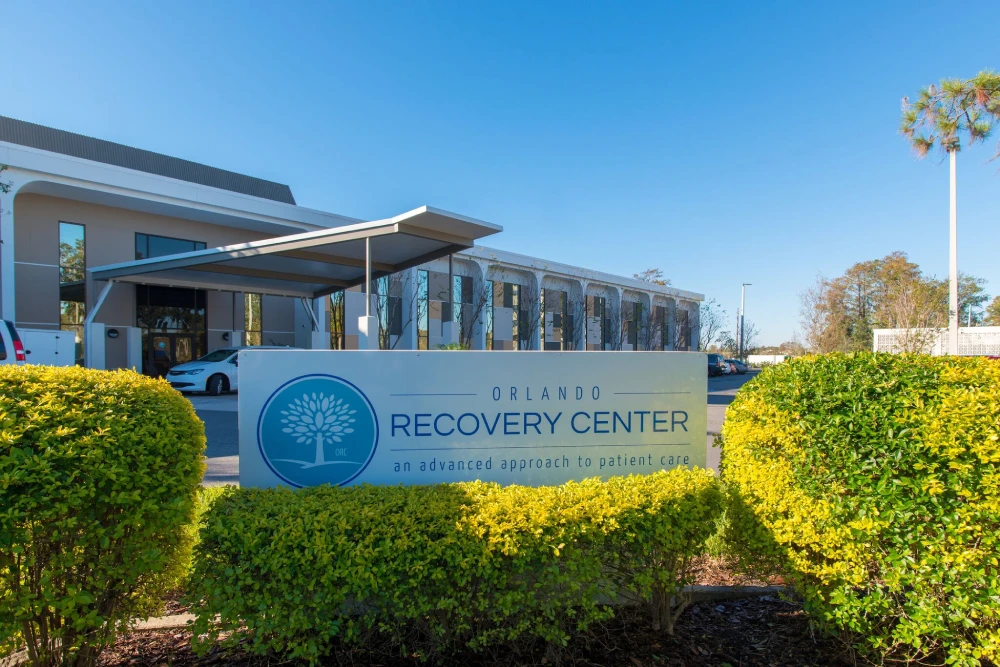Opana (oxymorphone) is a Schedule II opioid with a risk of abuse, addiction and dependence. Even when used as directed, side effects include nausea, fever and fatigue.
Article at a Glance:
- Oxymorphone is a narcotic that is sold under the brand name Opana.
- A brand-name long-acting form of oxymorphone, Opana ER, was discontinued by the manufacturer. However, a generic form of long-acting oxymorphone is still available.
- Oxymorphone is a Schedule II controlled substance.
- Oxymorphone carries many of the same risks and side effects as other opioids, including the risks of abuse, addiction and dependence.
Opana (Oxymorphone) Side Effects
As aSchedule II controlled substance, three of the primary side effects of oxymorphone misuse areaddiction, dependenceand tolerance. Although similar, these terms refer to different risks of Opana.
- Addictionis a disease of the brain that also affects physical health and the entire life of the affected person. When a person is addicted to a drug, they keep taking it despite negative consequences.
- Dependenceis a scenario where someone is physically dependent on the presence of oxymorphone, and if they stop using it suddenly, they experience withdrawal symptoms. A person can be dependent on Opana without being addicted.
- Toleranceis when a person needs higher and higher doses of the drug to get the same results as before.
Other side effects of oxymorphoneinclude:
- Nausea and vomiting
- Constipation
- Pyrexia (fever)
- Fatigue
- Itchy skin
- Headache
- Dizziness
- Confusion
Opana “High” Feeling
Opana isfrequently abusedby people who want to get high. Opana is different from other opioids: although all opioids impact the mu-opioid receptor for pain relief, Opana can also impact other opioid receptors in the brainat higher doses.
Overdose Risk
Opana carries a serious overdose risk. This is especially true when mixed with other central nervous system depressantslike alcohol. Opana’s overdose symptomsinclude:
- Severely slowed breathing
- Unresponsiveness
- Flaccid muscles
- Cold or clammy skin
- Small pupils
- Low blood pressure
- Slow heart rate
If you believe someone is experiencing an overdose, give naloxone (Narcan) and dial 911.If you are unsure what the person has taken, you can also call theNational Poison Control Centerat1-800-222-1222.
Related Topics:
Opana (Oxymorphone) Overdose Risk
Mixing Alcohol & Opana (Oxymorphone)
Long-Term Effects of Opana ER (Oxymorphone) Abuse
Whether long or short-acting, chronic opioid use can cause serious side effects,such as:
- Constipation
- Breathing problems while sleeping
- Bone fractures
- Hormone problems
- Overdose
Long-acting oxymorphone is currently available as a generic drug only.Until 2018, it was available in an abuse-deterrent form called Opana ER. However, the FDA pulled the drug because there wereoutbreaks of diseaseamong people trying to inject it. These disease outbreaks included:
- Human immunodeficiency virus (HIV)
- Hepatitis C
- Thrombotic microangiopathy
Common Signs of Opana (Oxymorphone) Abuse
Prescription drug misuseis characterized as any situation where someone is using a drug like oxymorphone outside of how it’s prescribed. Symptoms of oxymorphone misuse can include:
- Stealing Opana from a friend or family member
- Buying Opana illegally to use it without a prescription
- Taking higher Opana doses than prescribed or taking it more often than prescribed
- Faking symptoms to get an Opana prescription
- Going to different doctors or pharmacies to seek Opana
Symptoms ofoxymorphone addictioninclude:
- Trying unsuccessfully to stop using oxymorphone
- Continuing to use oxymorphone when there are negative side effects
- Feeling like your oxymorphone use is out of control
- Oxymorphone is a top priority and area of focus
- Financial problems
- Social and relationship problems
- Declining performance in other areas of responsibility such as school or work
- Legal problems
- Risk-taking while on oxymorphone or to obtain more
- Secrecy or lying surrounding the use of oxymorphone
Oxymorphone Addiction
Opioid addictionis a diagnosable disease that can be treated. Addiction can be classified as mild, moderate or severe based on the number of symptoms a person exhibits. Most people who are addicted to a drug like oxymorphone require professional treatment. Our effective, evidence-based programs can get you off Opana for good. ContactThe Recovery Villageto get your questions answered and start on the path to recovery.
Related Topic:Opana Withdrawal and Detox
















